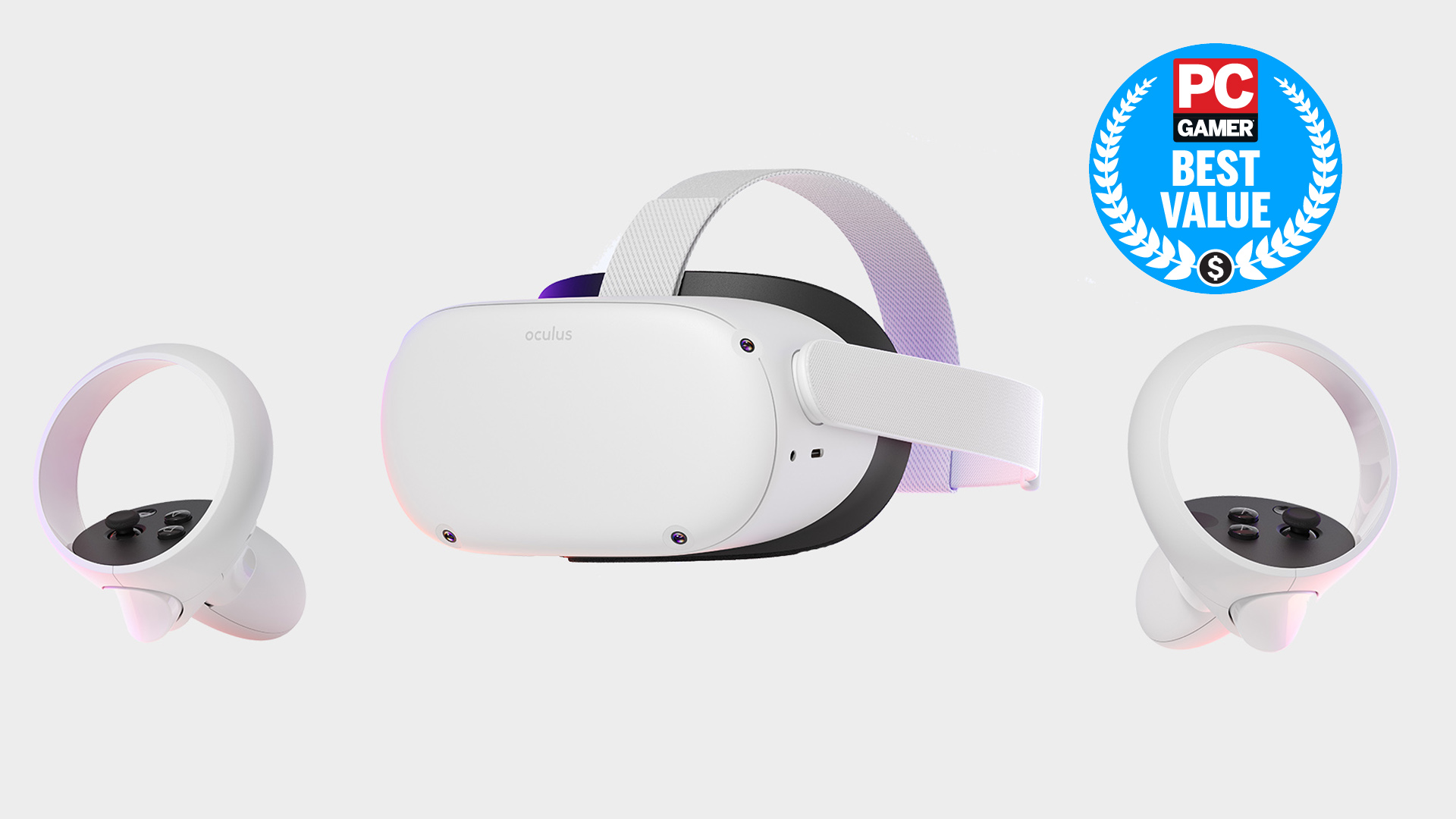Our Verdict
The Oculus Quest 2 offers dramatic improvements to the original Quest experience. Whether you're operating it standalone or tethered to a PC, the Quest 2 is simply the best entry-point into VR right now.
For
- Superb resolution
- Improved graphics
- Great price
- A single AA battery goes a long way
- Easy setup and tethering
Against
- Strap requires a lot of fiddling to sit correctly
PC Gamer's got your back
Oculus has a long and prestigious history with virtual reality as one of the progenitors of the modern wave of headsets and software, and it's no wonder that the arrival of the Oculus Quest 2 has seen a swift resurgence in excitement for virtual reality once again. Interest in VR seemingly ebbs and flows like the tide with each new major hardware or software release—year in, year out.
I, too, find my excitement for virtual reality reaches ecstatic peaks and dips into deep troughs as new technology is flung my way. The first wave of headsets got me hooked, then I could've gone without its dizzying wonders for a while. The second wave of headsets, such as the Vive Pro and Rift S failed to impress, and then came along the Valve Index and I'm enamoured more so than ever with the tech's possibilities.
I can go from gaming on my PC to gaming in VR in a couple of minutes, and that's including time spent taking the Quest 2 out of the box
The Quest 2, however, wasn't something that initially whipped me up into such a fervour. Standalone VR felt like a backwards step for someone so swept up in the $999 Valve Index. Yet clearly it is the greater value proposition, and the only option that even comes close to encroaching on the 'affordable' tag. It offers a specs list that first-gen VR could only dream of at its $299 (£299) price point.
The Quest 2 sports a 1832 x 1920 resolution per eye, and that's across an LCD panel, not an OLED as with the original Oculus Quest. It also results in 50% more pixels than the original Quest's panel, which helps improve clarity and reduce that pesky screen door effect. In practice, it seems to work a treat too.
So long as you keep the headset at a decent level with your eyes in the centre, the image comes through crisp and clear. The OLED of the previous model is sure to offer greater contrast, but improved resolution and clarity for slightly worse blacks levels is a deal I would make for VR every single time.
The improvements between the two go beyond panel and resolution too. The newer model comes equipped with the Snapdragon XR2 System-on-Chip (SoC) from Qualcomm, which is a marked improvement over the Snapdragon 835 SoC from before. That also now comes with 6GB of RAM, a step-up from the 4GB on the original model.
The storage capacity on the larger of the two available models has also been increased to 256GB, up from the 128GB max capacity of the previous generation, while the cheapest model remains at 64GB. The less capacious unit is what I've been testing, but even with significantly less space you'll have no issue keeping a half-decent catalogue of VR games, experiences, and apps installed.
The system files take up 11.31GB, and games can take up anything from under 1GB to 3-4GB. I'm using just 21.56GB of the Quest's capacity, and I have 19 apps installed, most of which are games.
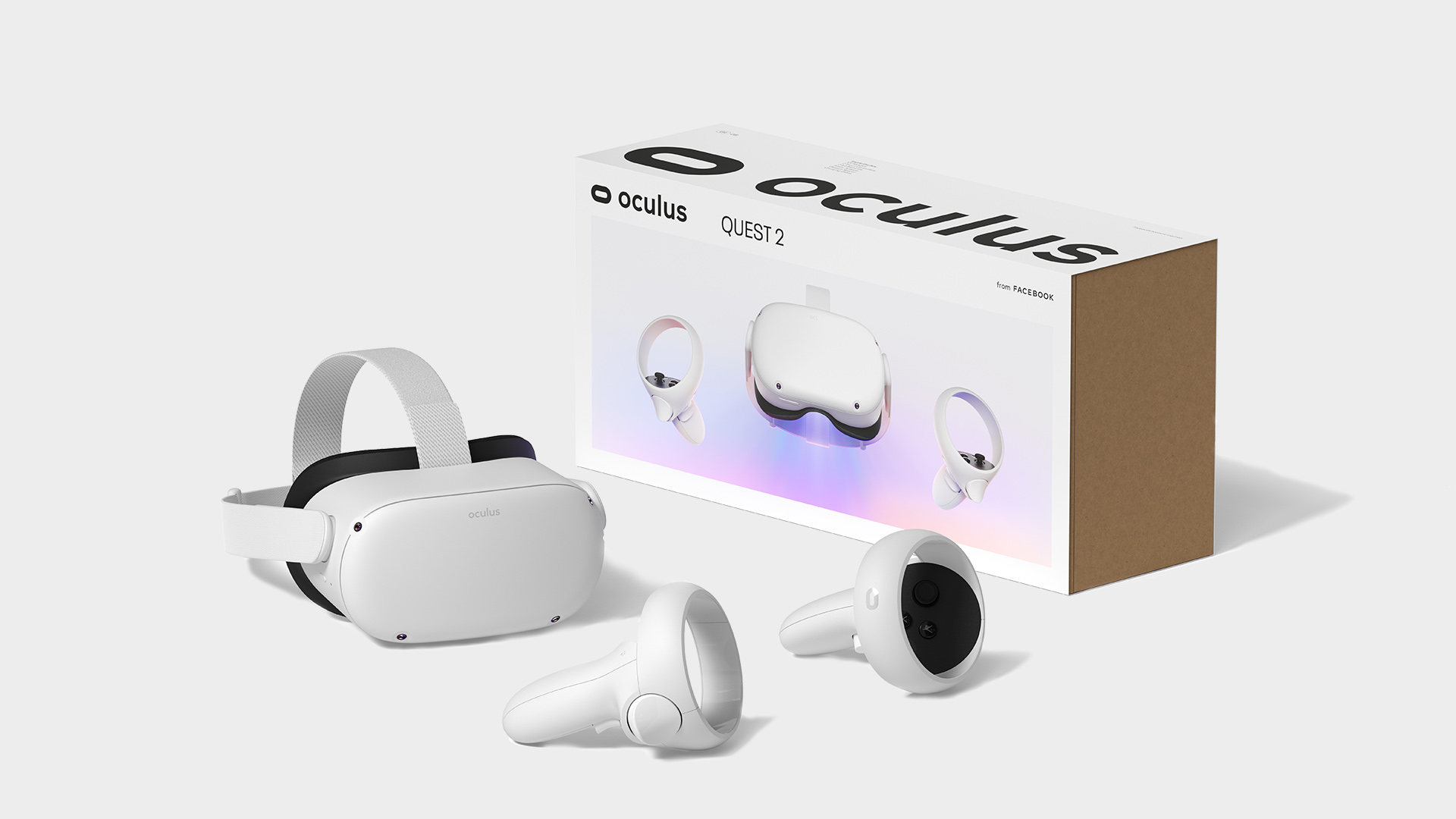
I'd say the storage size actually matters less for PC Gamer's usual clientele too, since we're far more likely to take advantage of the Quest's PC tethered mode than those users looking for an all-in-one standalone device. Oculus Link is what takes this mild-mannered standalone headset and puts it front and centre even for us PC folk.
| Header Cell - Column 0 | Quest 2 | Quest |
|---|---|---|
| Starting price | $299 | $399 |
| Resolution (per eye) | 1832 x 1920 | 1440 x 1600 |
| Panel type | Fast-switch LCD | OLED |
| Refresh rate | 120Hz support (72Hz at launch) | 72Hz |
| SoC | Snapdragon XR2 | Snapdragon 835 |
| RAM | 6GB | 4GB |
| Storage | 64/256GB | 64/128GB |
| Battery | 2-3 hours (gaming: ~2hrs) | 2-3 hours (gaming: ~2hrs) |
| Weight | 503g | 571g |
| Controllers | 2x Oculus Controllers | 2x Oculus Controllers |
Before you're able to beam your PC desktop to the Quest, you have to follow the on-screen setup. These are delivered through a mix of in-headset and in-app prompts, which is a little tiresome at times, and fundamentally inaccessible for others. That all depends on whether you're a Facebook user or you're not.
For various work reasons, I have a Facebook account, so this wasn't an issue for my setup process. I just needed to log on to the Oculus app, which is available across a variety of devices, sign in, and link up my Oculus account to my profile. From there, it was just a case of following the prompts to setup a new device.
This process will have you removing your headset, memorising Wi-Fi passwords, putting the headset back on again, and then waiting around for a couple of updates. For a first time setup, it's a little fiddly, but you need only do it once and it's relatively quick to complete.
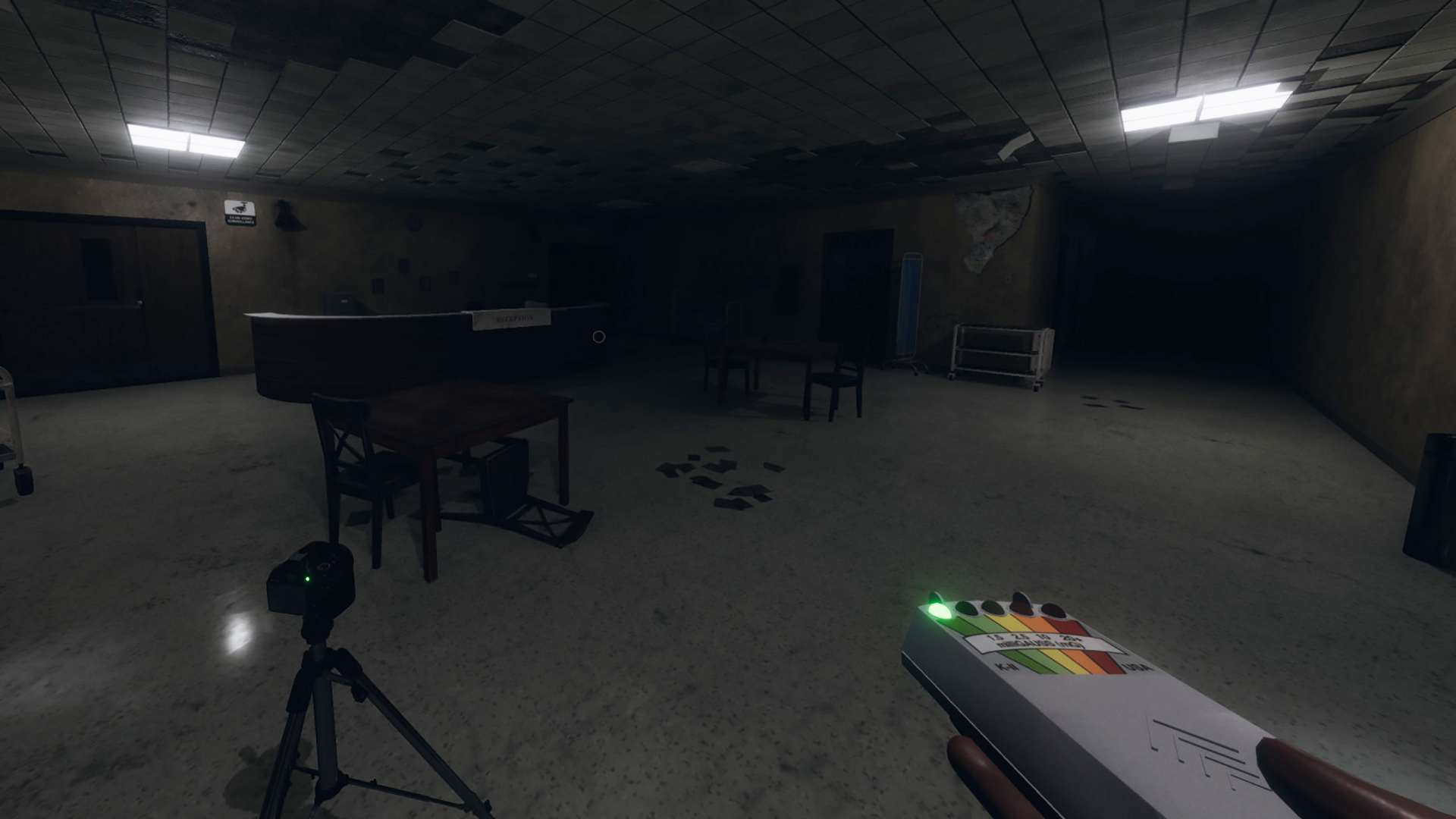
It's a great time to get into VR, and here's why I think that.
If you don't have a Facebook account, you either need to make one or find a different headset. There's no alternative right now if you intend to use this headset. That's sure to put off at least some potential customers, and I'll admit the prerequisite Oculus to Facebook account link seems excessive when the meat of the Oculus app remains completely independent from Facebook functionality.
The only time I've seen my Facebook profile appear is when attempting to retrieve an image capture I've taken with the headset's built-in function. It's seemingly only possible to share these snaps onto your Facebook timeline, and that's why you'll find none in this review today.
It's the price you must pay for this headset, and Facebook holds the keys to the platform, so either make your peace or spend a little more on another one of the best VR headsets—there are, after all, plenty of options.
Once you're logged in and the initial setup is complete, you're ready to actually setup your VR area. This is where the intuitive and rather brilliant tracking system of the Quest 2 comes into play.
While setting up your play area—the space you've designated safe for VR shenanigans—you will see a live feed of the world in greyscale from the exterior Quest 2 cameras. You're free to make your play area as wobbly and irregular-shaped as you please (unlike Steam VR), and you only need touch the ground with a controller to set your floor height correctly.
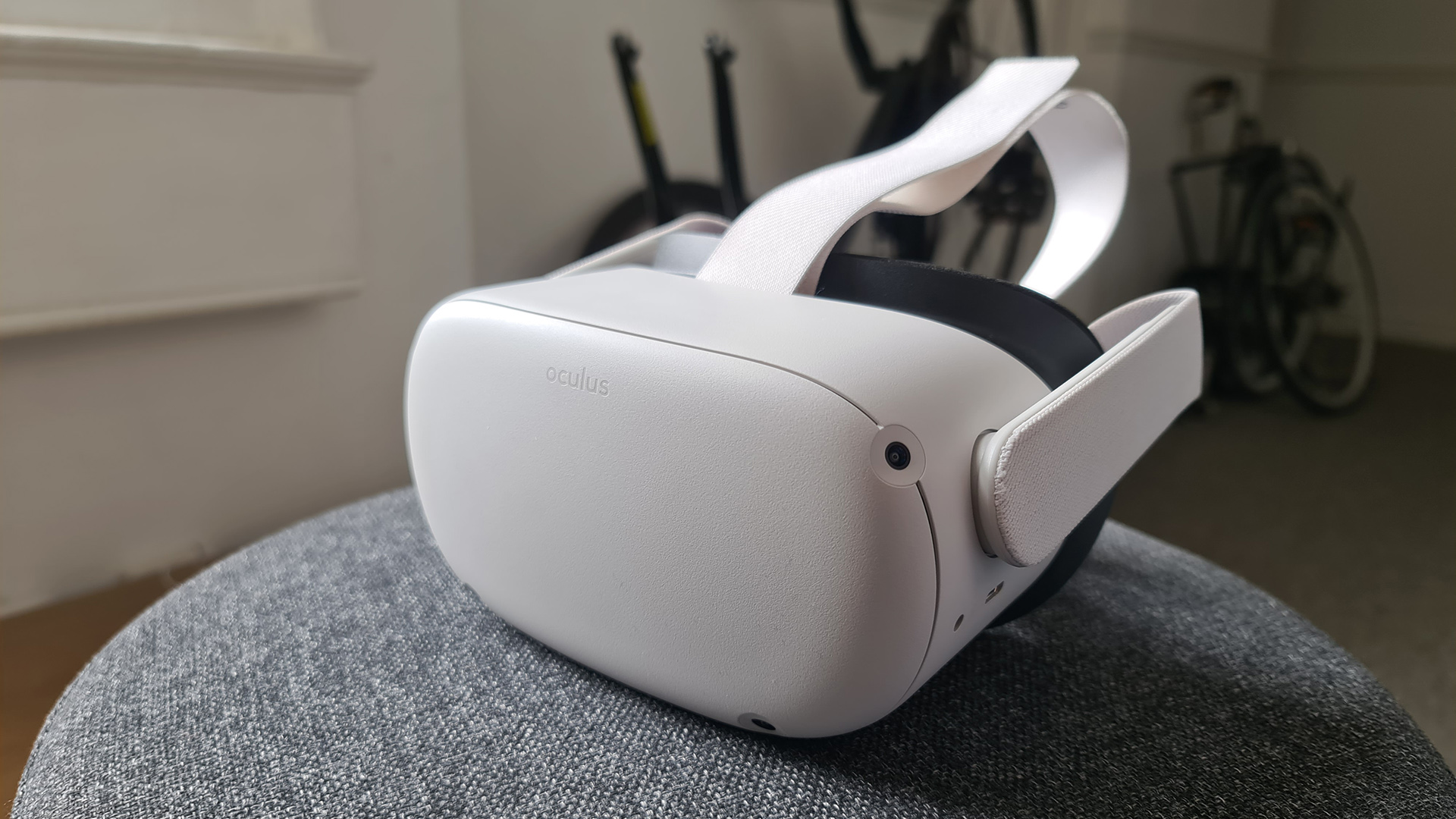
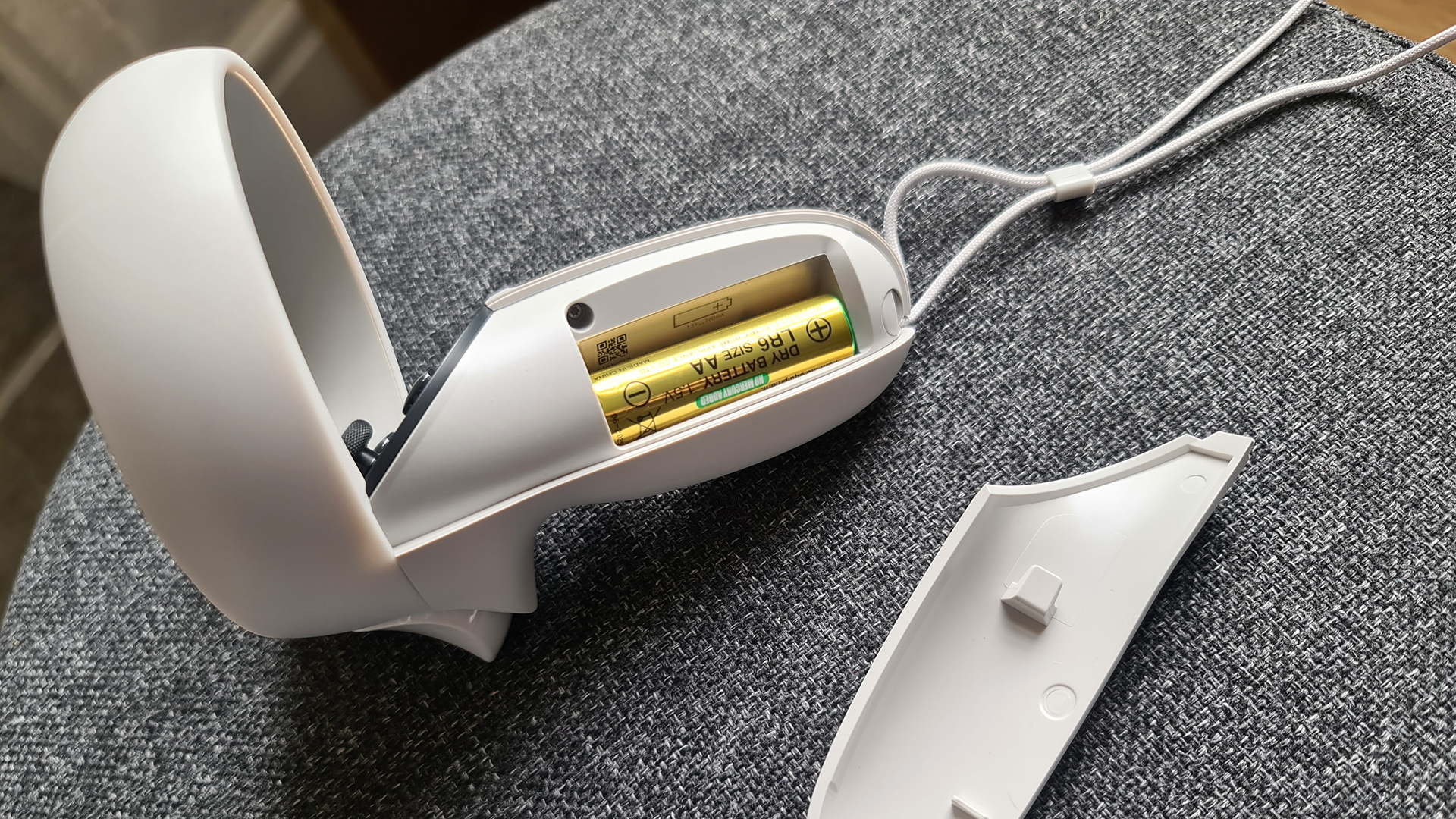
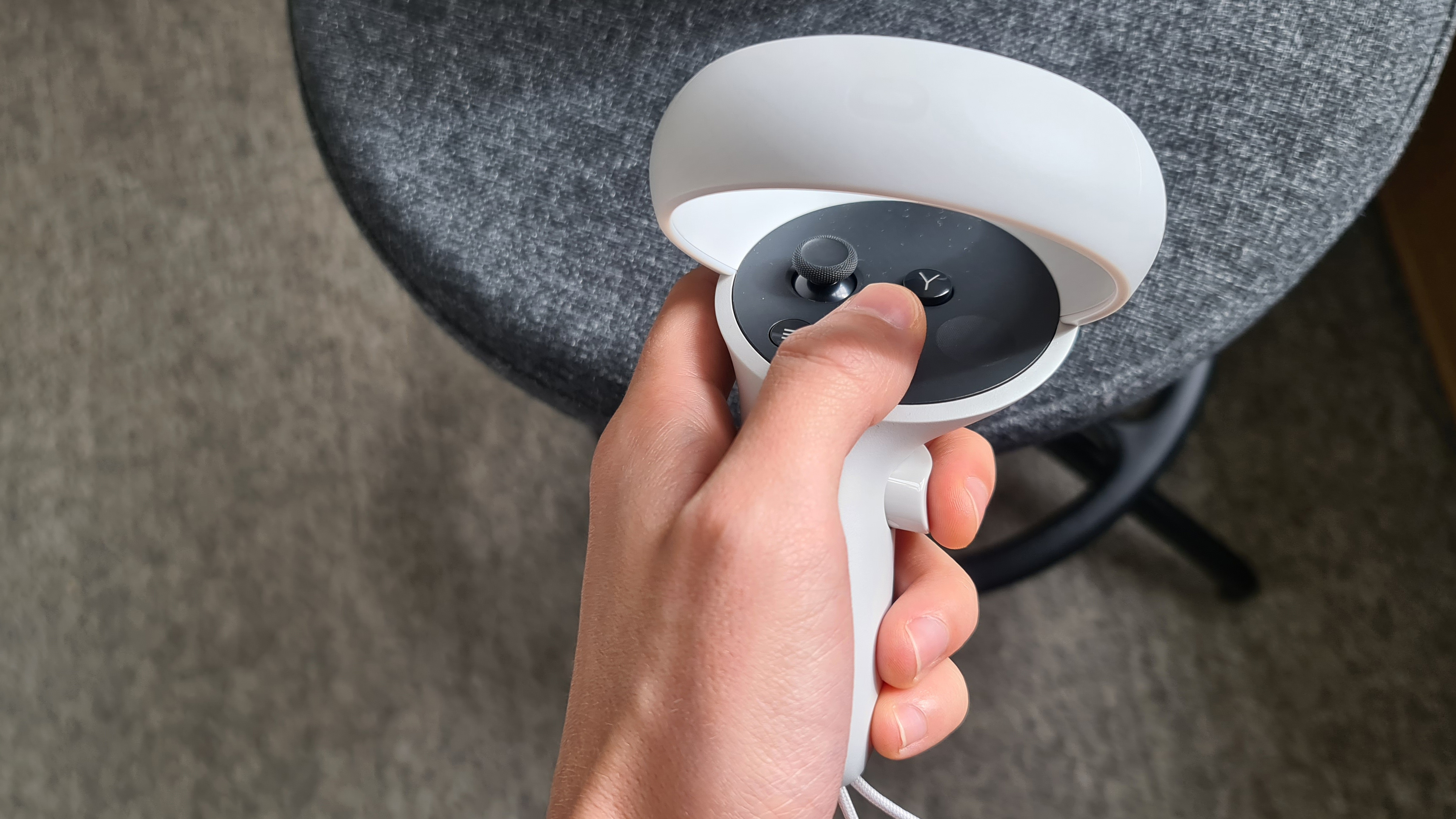
Whereas most tethered headsets require the use of an external sensor, or two, in order to track the headset and controllers movements within 3D space, the Oculus Quest 2 is a self-contained unit capable of tracking controller, hand, and headset movement without further kit, as did its predecessor. Not much has changed with the Quest 2, but there was already a lot to love about the Quest's tracking.
One such great (and relatively new) feature carried over from the Quest is hand tracking. The Quest 2 not only tracks the included twin Oculus Touch controllers, which are a decent iteration of the controllers once included with the original Rift, but also your mitts. You have a limited range of control—move and pinch—yet it makes for a quick and easy setup every time you put the headset on, which is often a barrier for those of us without the luxury of a permanent space for VR.
I've been hesitant to rely on tracking solutions without external sensors in the past, just because it's not been quite up to par with the base stations first included with the Vive, its subsequent iterations, and Valve Index.
Yet the Oculus Quest 2's tracking is surprisingly accurate, even when I have been at my most dexterous (read: flailing wildly). Even base stations aren't a flawless solution, especially not those included with the original Rift, and the inside-out tracking on the Quest 2 manages to keep up exceptionally well, and without fear of falling out of eyeline with the sensors.
It's pretty freeing, in all honesty. I can go from gaming on my PC to gaming in VR in a couple of minutes, and that's including time spent taking the Quest 2 out of the box.

Which all gets you into games faster. And there's a wide gamut of games available for the Quest, some optimised for the Quest 2 and others not, at least not yet. Updates are coming for some titles that don't yet support the newer headset.
The standalone experience is admittedly still hampered by the low-power silicon, and there's no getting around that. The Quest 2 not only deals with the processing onboard, but it's also trying to conserve battery power to ensure a half-decent run. That's roughly around two hours of battery life for gaming, and a little more for less intensive applications, such as YouTube VR or Netflix. The controllers also last an exceptionally long time, and despite testing this headset for a few weeks, I'm yet to run them flat off of a single AA battery. Impressive.
The low-rent rendering is noticeable in games such as Arizona Sunshine, which I've played enough times on tethered kit to notice the significant difference in graphics quality between versions. The Quest 2 has that little more power, and Arizona Sunshine is one such game updated to put it to good use, but it still leaves you with that 90s arcade-y quality that you don't quite get as often with headsets harnessing the power of discrete graphics.
That's not to say the experience is functionality poor by comparison. Don't tell anyone, but graphics aren't everything, and especially not in VR. It's the consistency of the frame times and smoothness of the experience that really counts for a lot. The Quest 2 offers plenty of each, and will soon offer more once content begins supporting its panel's native 90Hz refresh rate—at the moment it's limited to 72Hz.
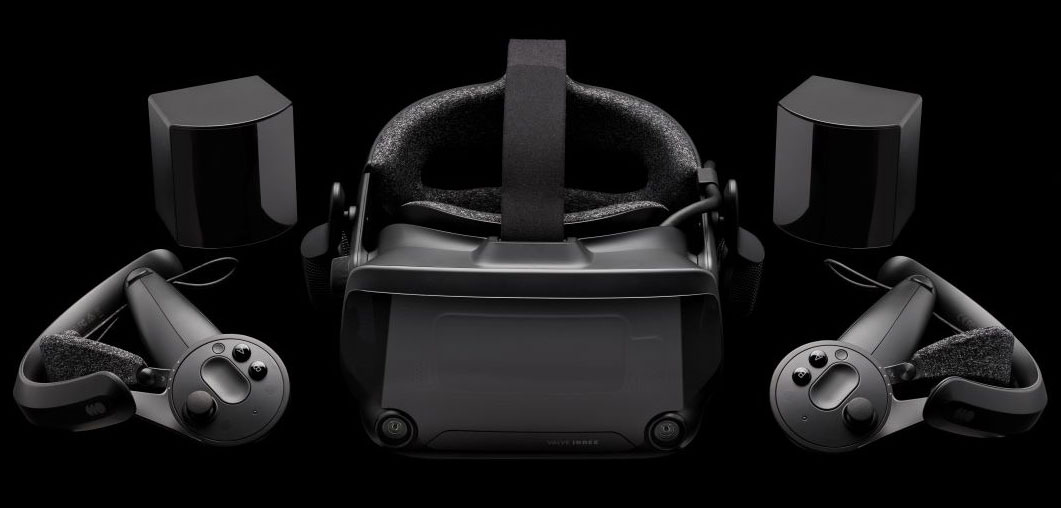
Best VR headset: which kit should you choose?
Best graphics card: you need serious GPU power for VR
Best gaming laptop: don't get tied to your desktop in VR
The same goes for 90Hz over Oculus Link, which is not yet supported but is incoming. Fingers crossed that's soon, too. Star Wars: Squadrons is crying out for a faster refresh rate.
And that brings us nicely onto why I believe the Quest 2 is a great fit for PC VR despite its standalone credentials. Oculus Link requires just a single USB Type-C cable run from your headset to PC, and allows you to stream across your favourite compatible games, including those from the Oculus app and SteamVR compatible games. Half-Life: Alyx, here we come.
I've been exploring the maze of broken, zombie-infested buildings littering City 17's border through Oculus Link on the Quest 2, and it's been a relatively painless experience. The Oculus controllers are near-enough perfectly mapped for the game, and only in the loading screens did I ever experience any sluggish performance. The Index may be the ideal Half-Life: Alyx machine, but the game doesn't feel worse for wear on the cheaper Quest 2.
And that's why I really rate the Quest 2 as an entryway into virtual reality. That's been the bane of VR's adoption for a while, and standalone headsets have done a lot to bolster sales. Tacking on the ability to turn your standalone VR headset into a great tethered device to make the most of your PC is a masterstroke, and adds tremendous value to the overall package.
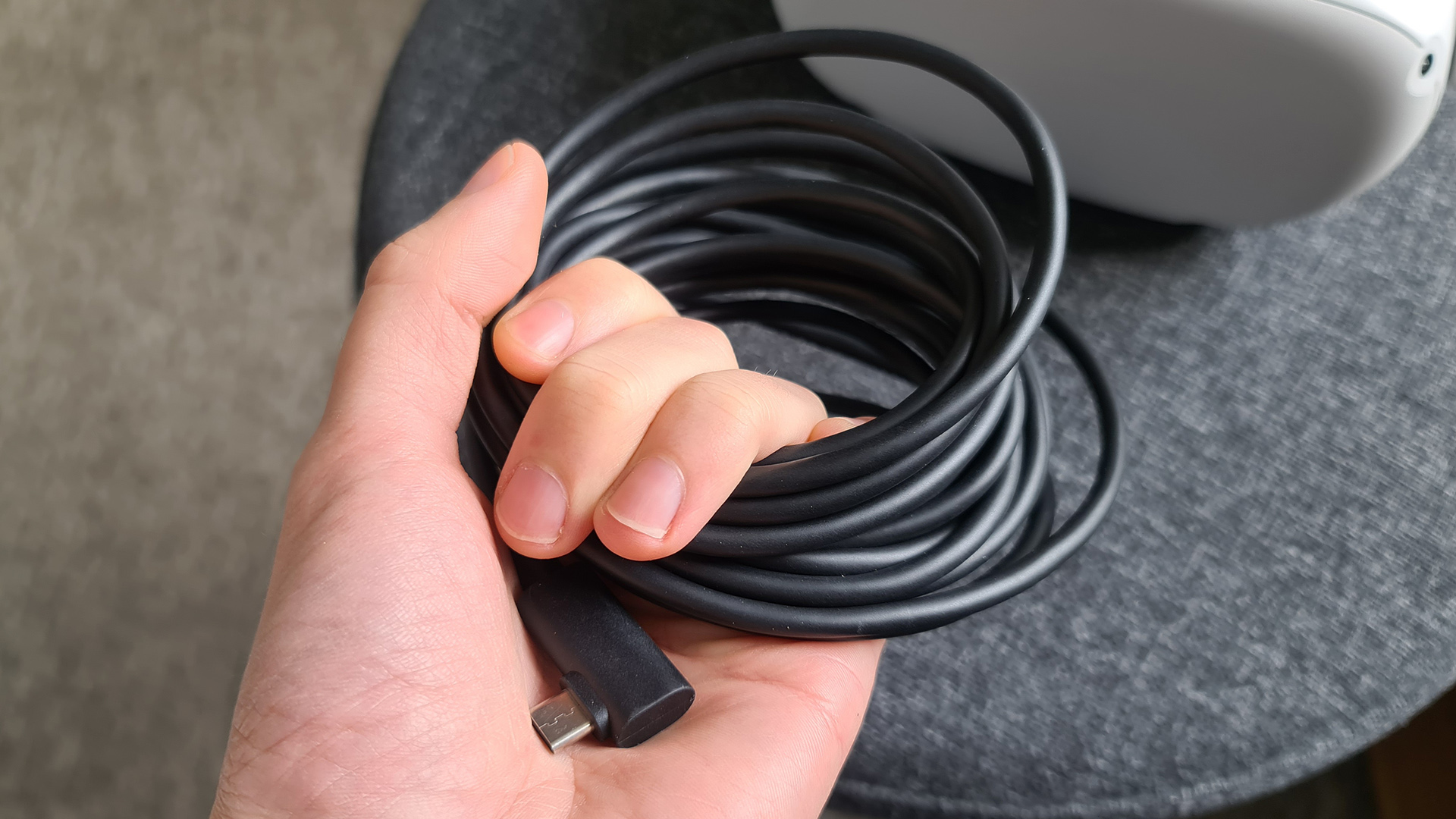
It's not entirely a headset without fault, I'll admit. The strap reminds me of the original Vive's, in that it either puts far too much pressure on your face or feels insecure on your head, and it costs $49 for the more stable Quest 2 Elite Strap. At least it's a light headset at 503g. There's also the case of the $89 Link Cable, which I've been using for the most part. It's great at 5 metres in length, and it works splendidly, but it's $89.
Facebook recommended an alternative to me that was just $18, however, a decent Type-A to Type-C cable. So don't be afraid to try out something cheaper. I ran Squadrons just fine on a very worse-for-wear USB Type-C to Type-A cable from a generic brand.
The Oculus Quest 2 delivers so much in a compact, easy-to-use, and affordable package that it's hard to argue with the faults or the fact that a lot of the ideal kit is an optional extra—Facebook login excluded, you can definitely argue that one. There have been some compromises on the Quest 2 package, but they seem well thought out and leave the door open to further upgrades once you've tried VR out. And it's a great device to recommend for people to try VR out—it opens the door to a lot of games that would be tricky, expensive, or fiddly to experience at home otherwise.
Simply put: the Oculus Quest 2 is the best entry-level VR headset right now.
The Oculus Quest 2 offers dramatic improvements to the original Quest experience. Whether you're operating it standalone or tethered to a PC, the Quest 2 is simply the best entry-point into VR right now.

Jacob earned his first byline writing for his own tech blog. From there, he graduated to professionally breaking things as hardware writer at PCGamesN, and would go on to run the team as hardware editor. He joined PC Gamer's top staff as senior hardware editor before becoming managing editor of the hardware team, and you'll now find him reporting on the latest developments in the technology and gaming industries and testing the newest PC components.
